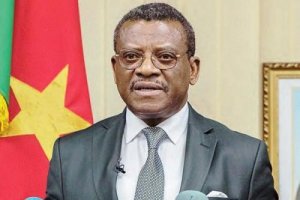The Local Development Index (IDL) is the very first index of its kind in Cameroon. This tool was adopted on May 7 during an extraordinary session of the National Decentralization Council (CND), chaired by Prime Minister Joseph Dion Ngute.
The press release from the Prime Minister’s Office, which followed this extraordinary session, recalls that the IDL will allow the government to assess the level of development of municipalities and the 14 city councils of the country. Georges Elanga Obam, the Minister of Decentralization and Local Development (Minddevel), adds, in the columns of the daily Cameroon Tribune, that the IDL will also make it possible to distribute the resources to be allocated to the different decentralized local authorities (CTD).

From now on, the IDL of each CTD will be calculated every year. The calculation method adopted takes into account 27 indicators spread across six areas: economic action, infrastructure and living environment, population health, social action, education and local governance. This calculation methodology is not the result of spontaneous generation. There was, beforehand, a pilot survey carried out by the National Institute of Statistics (INS) among 40 municipalities.
It should be remembered that the idea of this index is not recent. It was in 2013 that the Special Intercommunal Equipment and Intervention Fund (FEICOM), the municipal bank, proposed to the government to adopt an index to measure the level of development of CTDs. But the project remained on the shelf. It was in 2022 that Joseph Dion Ngute put this issue back on the table by setting up an ad hoc committee to reflect on the IDL. This committee therefore delivered its copy two years later. Although the government believes that this reflection must be completed to further improve the calculation of the IDL.
Michelangelo Nga